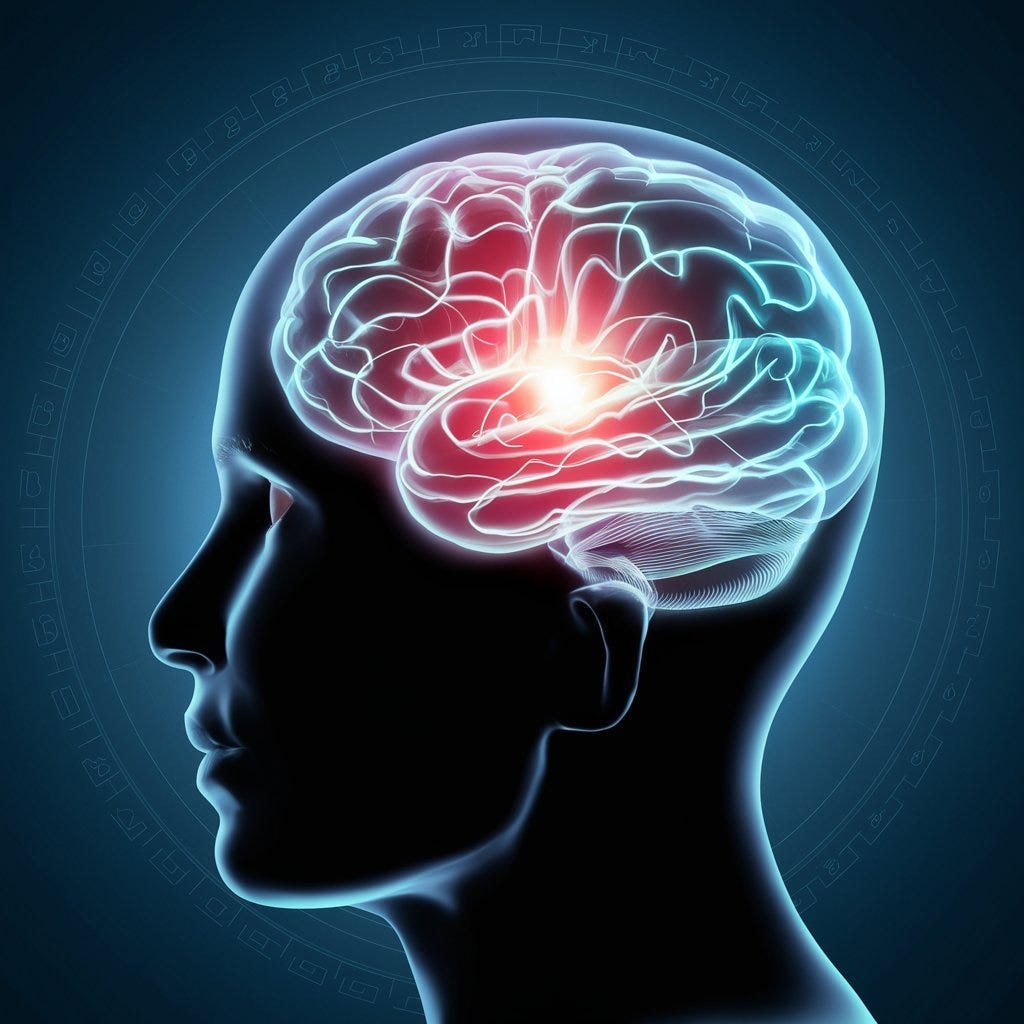Teach me something 7: Why Do We Forget, Despite Our Enormous Memory? (2.5 Petabyte)
The human brain is an astonishing organ, with a memory capacity estimated at a staggering 2.5 petabytes. Given this vast storage capacity, a natural question arises: why do we forget things?
The human brain is an astonishing organ, with a memory capacity estimated at a staggering 2.5 petabytes. To put this into perspective, 2.5 petabytes is equivalent to approximately 2.5 million gigabytes, or in more relatable terms, enough space to store 3 million hours of TV shows. Imagine a television playing continuously for 300 years — that’s how much information our brains can potentially hold. Given this vast storage capacity, a natural question arises: why do we forget things? To answer this, we must first understand how our memory functions.
Welcome to teach me something, I’m an engineer who loves learning new things and teach them plainly.
The Three Types of Memory
Memory in the human brain is categorized into three types: working memory, short-term memory, and long-term memory.
Working Memory
Working memory is active at all times and processes everything we hear and see in real-time. This type of memory is responsible for our immediate thoughts and for processing the sentences we hear. If we do not transfer this information to the next stage, short-term memory, it vanishes almost instantly, much like the proverbial “in one ear and out the other.” A practical example is forgetting why you entered a room shortly after stepping in.
Short-Term Memory
To transfer information to short-term memory, we need to process and make sense of it. Short-term memory holds information for about 15–20 seconds, which explains why we often forget people’s names soon after being introduced to them.
Long-Term Memory
For information to reach long-term memory, it requires more intricate associations to strengthen the memory. For instance, linking a newly learned name to a past memory or thinking about the meanings and associations of that name can help solidify it in our memory. The more connections a piece of information has, the stronger and more easily retrievable it becomes. However, even once information reaches long-term memory, it must be periodically revisited to remain strong.
Revisiting Information
In order to revisit information and keep it permanent, there is a scientifically tested solution called flashcards. It’s one of the best ways to enhance memorization, and digital flashcard apps have made the process even more efficient.
Among the digital flashcards maker apps, I recommend the app I developed, Anki Donkey — AI Flash Cards. I was using other flashcard apps for years and I experienced the hardships of creating flashcards one by one. This app leverages artificial intelligence to automatically generate flashcards specifically for you by asking questions. With AI doing the heavy lifting, you can focus on what matters most: effortlessly absorbing and retaining information for optimal learning.
The Process of Memory Formation
Understanding how our brain forms memories involves looking at some complex terms, but for this article, I will keep it as simple as possible. Our brains contain trillions of tiny cells called neurons that communicate via electrochemical signals. An event or piece of information becomes a memory when neurotransmitter signals are sent between neurons, forming a connection. These neurons are linked by synapses, which can be visualized as wires connecting the cells. The more connections (synapses) between neurons, the stronger the memory.
When many neurons interconnect, they form a neural network. The more neurons involved in a network, the stronger and more resilient it is. This is why associating new information with existing, well-established memories is effective; it integrates the new information into a robust neural network, reinforcing both the old and new memories. Babies, for example, associate words and actions with their immediate experiences, gradually building a strong neural network of meanings over time.

Why We Forget Despite Ample Memory Space
Given our brain’s 2.5 petabyte capacity, why do we still forget things? The answer lies in the hippocampus, the brain region responsible for deciding what information to retain. The hippocampus favors memories with many neural connections, increasing their likelihood of being retained. However, traumatic or harmful memories can be an exception and may be gradually erased despite their strong connections.
The reason for this selective retention process is energy efficiency. The brain, though occupying a small volume in the body, consumes a significant portion of the body’s energy. By discarding old or deemed unnecessary memories, the brain conserves energy, contributing to overall health.
To minimize forgetting, it is crucial to link new information with existing memories, thereby creating strong neural networks. By focusing on these strategies, we can strengthen the memories we wish to retain.
In conclusion, understanding the immense capacity and sophisticated workings of our memory not only highlights the incredible potential of the human brain but also provides insights into how we can enhance our ability to remember and retain important information.
Thank you for reading my “Teach me something” newsletter. This was a bit more heavy than previous ones but hopefully it was beneficial. You can follow me on LinkedIn and reach me for any recommendations or feedbacks, I would be happy to talk. See you in the next article,
Sources:
Kandel, Eric R. In Search of Memory: The Emergence of a New Science of Mind. W.W. Norton & Company, 2006.
Medina, John. Brain Rules: 12 Principles for Surviving and Thriving at Work, Home, and School. Pear Press, 2008.
Squire, Larry R., and Eric R. Kandel. Memory: From Mind to Molecules. Roberts & Company Publishers, 2009.
Baddeley, Alan. Working Memory, Thought, and Action. Oxford University Press, 2007.
Cowan, Nelson. Working Memory Capacity. Psychology Press, 2005.
Schacter, Daniel L. Searching for Memory: The Brain, the Mind, and the Past. Basic Books, 1996.
LeDoux, Joseph. The Emotional Brain: The Mysterious Underpinnings of Emotional Life. Simon & Schuster, 1996.
McGaugh, James L. Memory and Emotion: The Making of Lasting Memories. Columbia University Press, 2003.
Tulving, Endel, and Fergus I.M. Craik, editors. The Oxford Handbook of Memory. Oxford University Press, 2000.



